
EPIDEMILOGICAL STUDY
DESIGNS
Dr Faris Al-Lami
MB,ChB MSc PhD FFPH

Definition of Epidemiology
"Epidemiology is the study of the
distribution
and
determinants
of
health related states or events in
specified populations, and the
application of this study to
control
of health problems.”
-
Last’
s Dictionary of Epidemiology

USES OF EPIDEMIOLOGIC
RESEARCH METHODS
1. Measure the disease
frequency
and the
pattern
of disease occurrence
2. Identification of disease
determinants
3. Evaluate
validity
of diagnostic screening tests
4. Determining the
natural history
of the disease
and clinical course
5. Determining the
prognostic factors
6.
Testing
new treatments

Epidemiological studies can be
classified into:
I. Descriptive studies which can be
classifies into:
1. Studies conducted on population
(Correlation studies)
2. Studies conducted on individuals:
a- Case report
b- Case series
c- Cross sectional surveys

Epidemiological studies can be
classified into:
II. Analytic studies which can be classified
into:
1. Observational analytic studies:
A-Case control studies
B-Cohort studies
2. Interventional studies (Clinical trials)
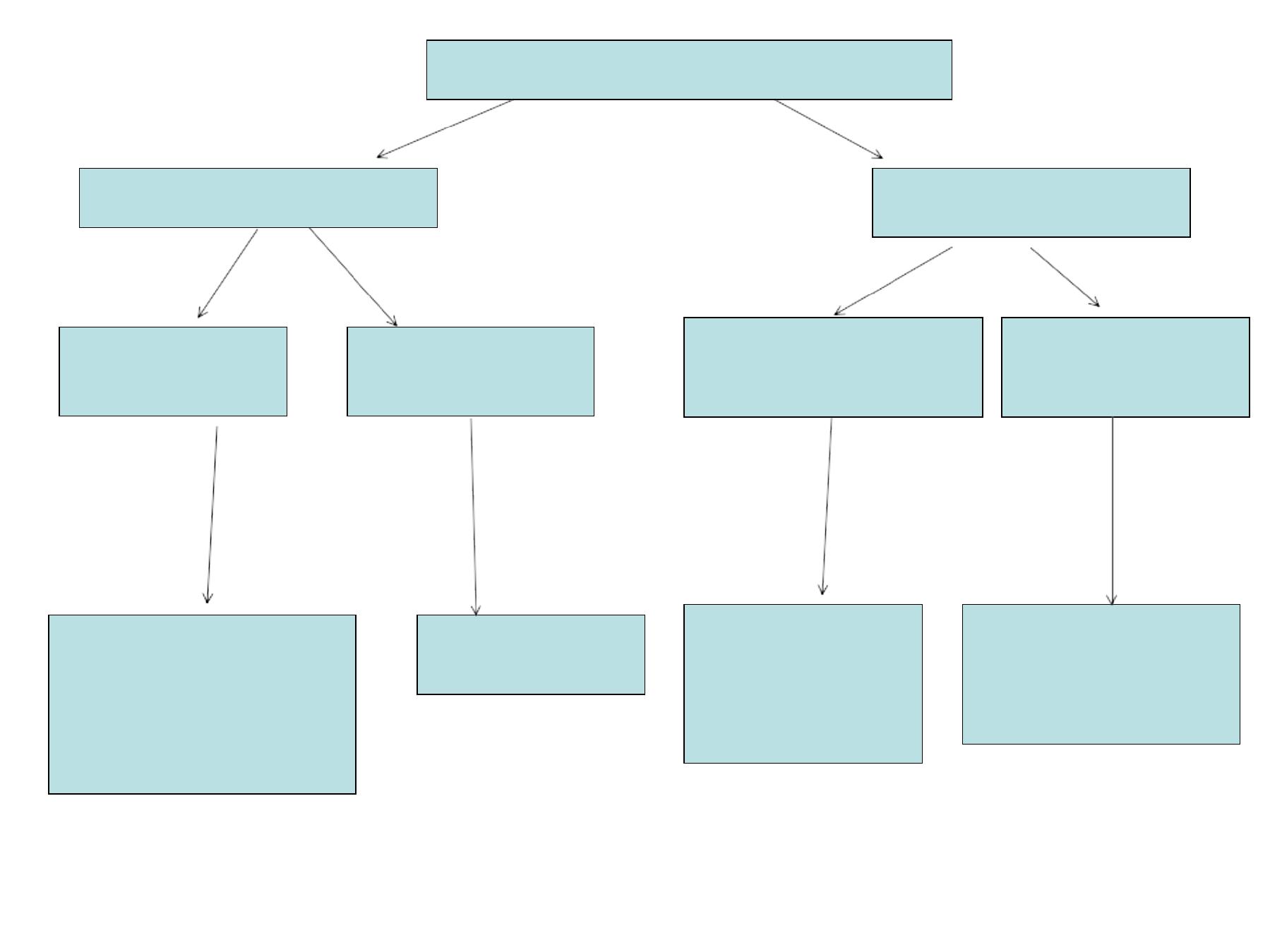
Epidemiological Studies
Descriptive studies
Analytic studies
Population
Individuals
Correlation
Studies
-Case Report
-Case series
-Cross Section
Studies
Observation
Studies
Intervention
studies
-Case Control
Studies
-Cohort studies
Experimental
studies
(clinical trials)

The Five W’
s of Journalism /
Epidemiology
• What
• Who
• Where
• When
• Why / How
= Diagnosis
(the disease or condition
being investigated)
= Person
(who is getting the disease,
who is at risk)
= Place
(residence, work, school, etc.)
= Time
(date and/or time of onset
of disease, time of exposure)
= Cause, mode of
transmission, risk factors
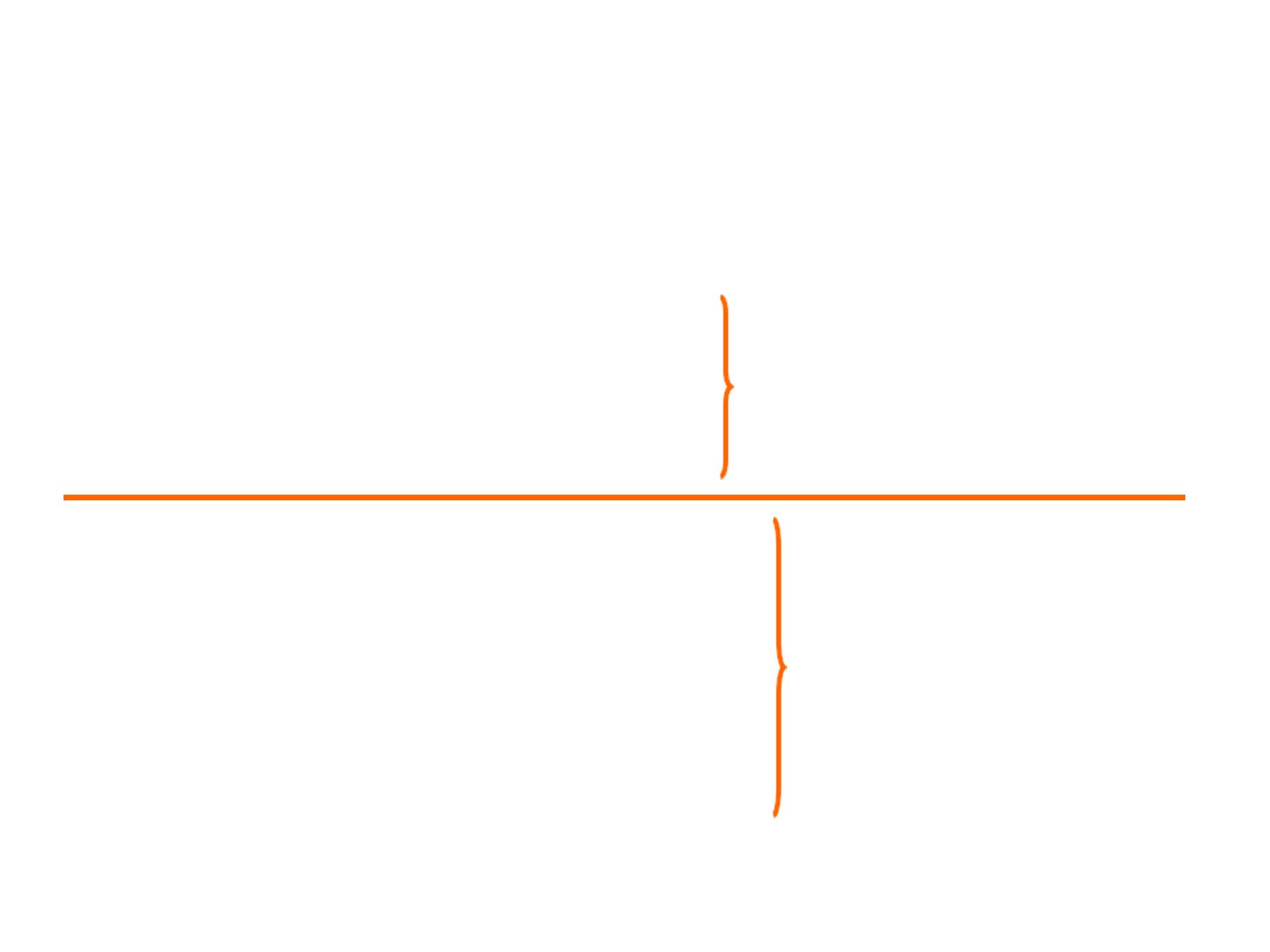
The Five W’
s of Journalism / Epidemiology
•What
•Who
•Where
•When
•Why / How
=
Clinical
=
Person
=
Place
=
Time
=
Cause,
=
mode of
transmission,
risk factors
Descriptive
Epidemiology
(Distribution)
Analytic
Epidemiology
(Determinants)

DESCRIPTIVE STUDIES
Advantages:
•They use already
available data
•They are
less expensive
and less time
consuming
•They describe the
pattern
of disease
occurrence
•They
formulate
research hypothesis

DESCRIPTIVE STUDIES
These studies are essential for:
1. Public health administrators:
•To determine which population or subgroup of the
population are most or least affected.
• To decide on efficient allocation of resources and
preventive programs.
2. Epidemiologist:
- To identify risk factors

I. Correlation or Ecological Studies
Based on aggregate measures of exposure
and outcome from several populations.
The
population
is the unit of observation
available for study.
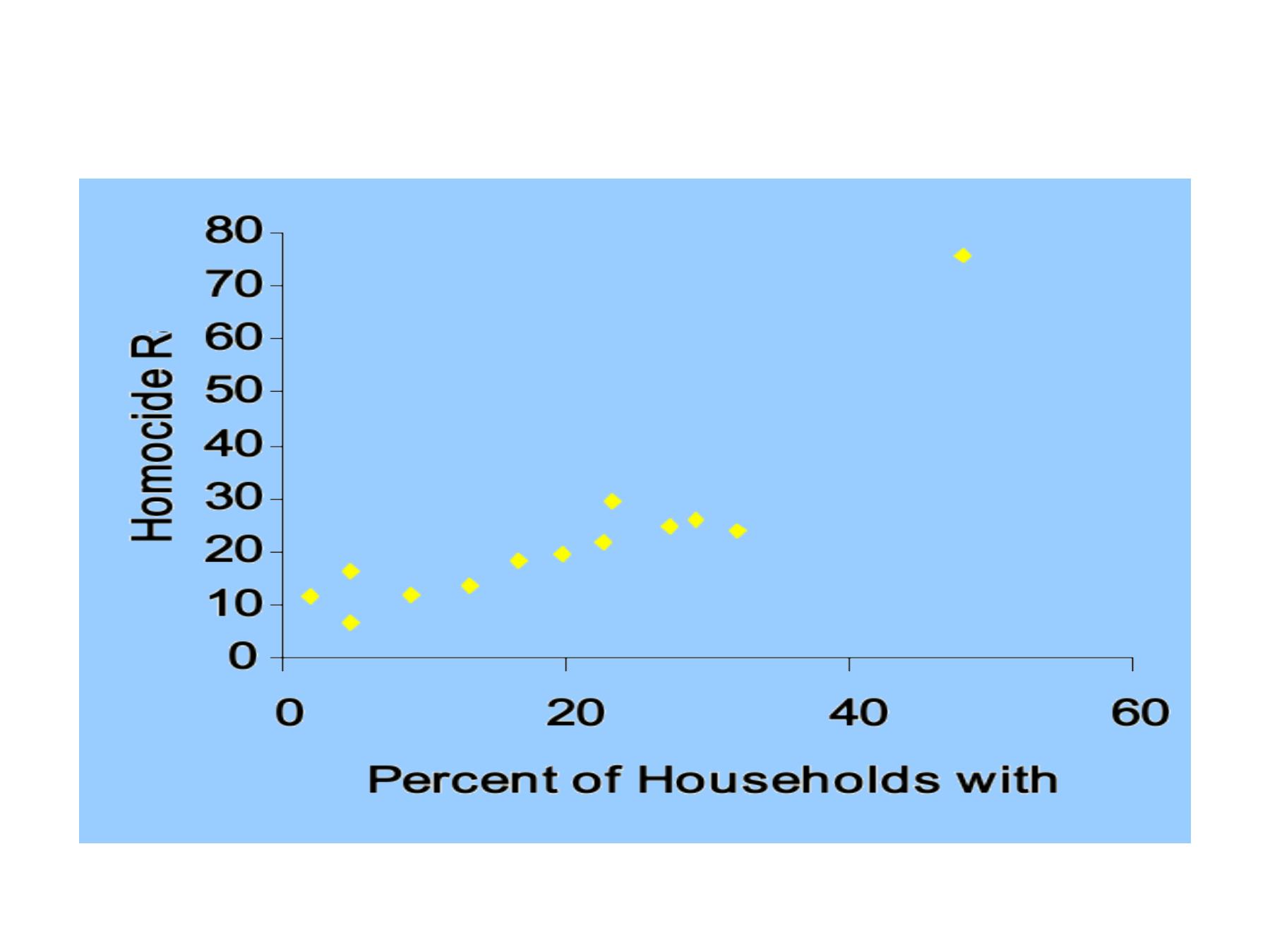
Ecological Study of Homicide Rate by Percentage of
Households with a Gun in 13 Countries, 1990
*per million person-years
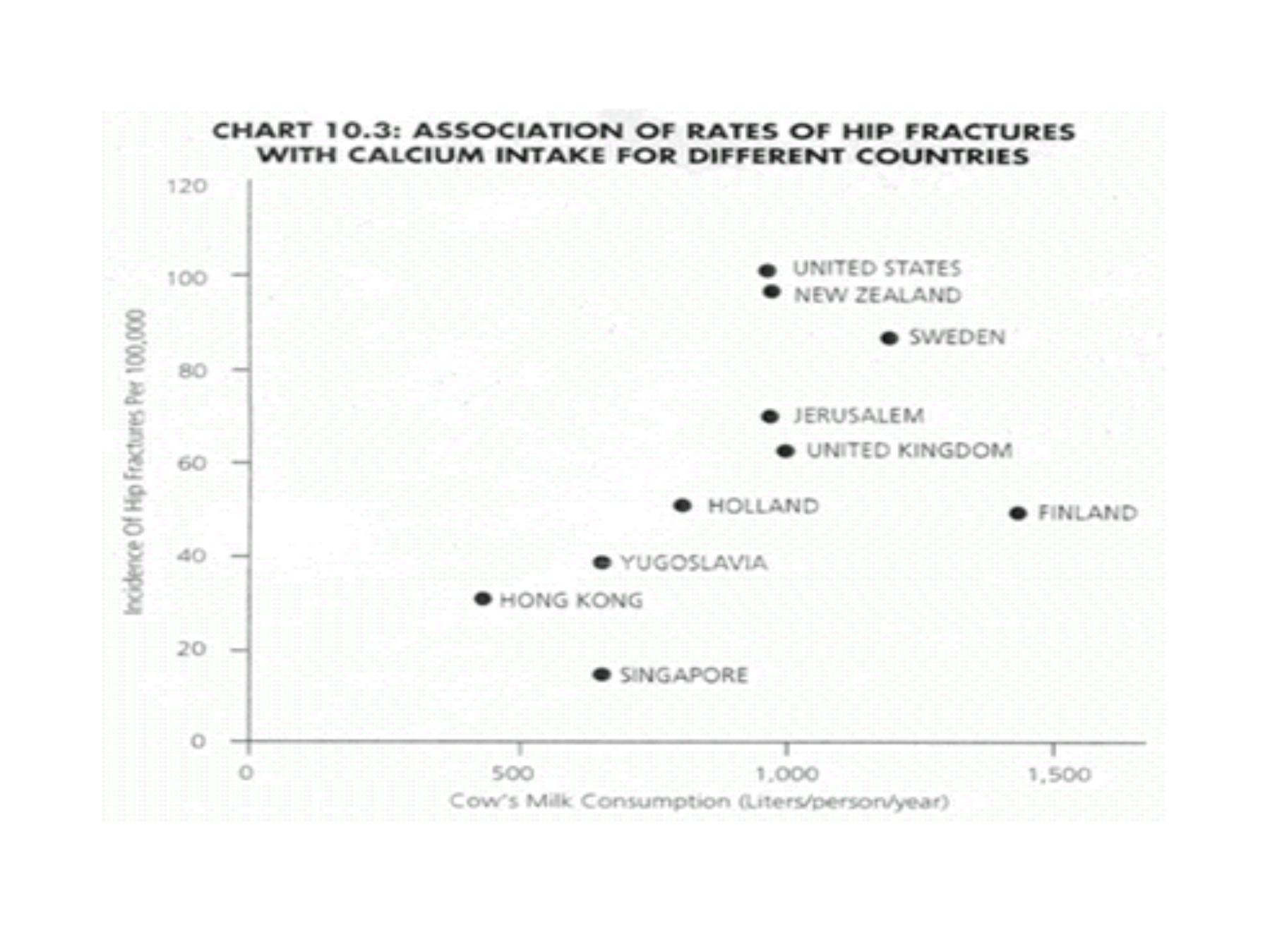

I. Correlation Studies
Advantages:
1.
Describe the disease in the entire population in
relation to factor of interest.
2.
Use the Correlation Coefficient (r) to measure the
association between the two variables of interest.
3.
Easy to do, inexpensive, and can be conducted
quickly
4.
Represent the first step in searching for exposure
disease relationship (Generate hypotheses)
5.
Use available data (“
administrative”or other aggregate
data)

Correlational or Ecological
Studies
Exposures:
- What percent of a
population smokes?
- What percent of 1-
year old children are
vaccinated against
measles?
- What percent of a
population has piped
water?
Outcome:
- What percentage of a
population died from
MI?
- What percentage of
children had measles
last year?
- What percentage of
population had
episodes of diarrhea?

Correlational or Ecological Studies
Disadvantages
• Correlation data represent average
exposure level rather than actual
individual values. Data on exposure and
data on outcome are collected
independently
• No assurance that persons with exposure
(risk factor) of interest are the same ones
with the outcome (disease) of interest

Disadvantages
•Inability to link exposure with disease in a
particular individual. Association at the
aggregate level may not reflect association
at the individual level - the
ecologic fallacy
•Unable to adjust for potential confounding
factors.

II. Case report and case series
• The
individual
is the unit of observation.
• They describe the experience of a
single patient
or a small number
of patients with a similar
diagnosis reflecting
unusual
features of a
disease.
• They help in:
Ø
formulation of a hypothesis on etiological
association
Ø
represent the first clues in identification of
new disease or epidemic.

Case reports
Clinical case with
“
unusual”
clinical picture
(e.g. 40 y.o. female, pulmonary embolism
and no history of CVD, recent use of OC)

Case series
First case report may stimulate compilation of
additional case reports….a case series
(e.g. occurrence of Pneumocystis carinii
among a group of young, homosexual men
with no history of immune deficiency)

Case reports or Case series
Advantages:
ØUse available clinical data
ØDetailed individual data
ØSuggest need for investigation
(hypothesis generation)
Disadvantages:
May reflect experience of one person or
one clinician
No explicit comparison group

III. Cross sectional surveys
• Collection of data on
several individuals
at
“
one
point”
in time.
• Determines
prevalence
at a point in time
• Therefore, CS is a prevalence study
• The exposure and disease status are assessed
simultaneously among individuals in a well
defined population.
• Snapshot in time
- e.g. - cholesterol measurement and ECG measured
at same time

•Cross sectional studies can be used to
formulate a hypothesis but not to test it
EXCEPT if the exposure is present since
birth as blood group, race, eye colour,

Cross-sectional Surveys
Examples: national census, community
survey, survey of a particular group of
persons (e.g., occupational group,
school children)

III. Cross sectional surveys
Advantages:
•Provide information on frequency and
characteristics of the disease.
•Determine prevalence of disease or any
health phenomenon.
•Standardized data collection tool.

Advantages:
•Able to focus data collection in specific
locations or specific groups of persons.
•Can make comparisons among study
participants.
•Relatively quick to do.
•Can be repeated to get data on trends.

III. Cross sectional surveys
Limitations:
•Inability to determine the temporal
relationship between exposure and
disease.
•May be biased by lack of participation
•Reflects prevalent, not incident cases and
thus results may be related to duration of
disease, or survival with disease (e.g., “
healthy worker effect”
)
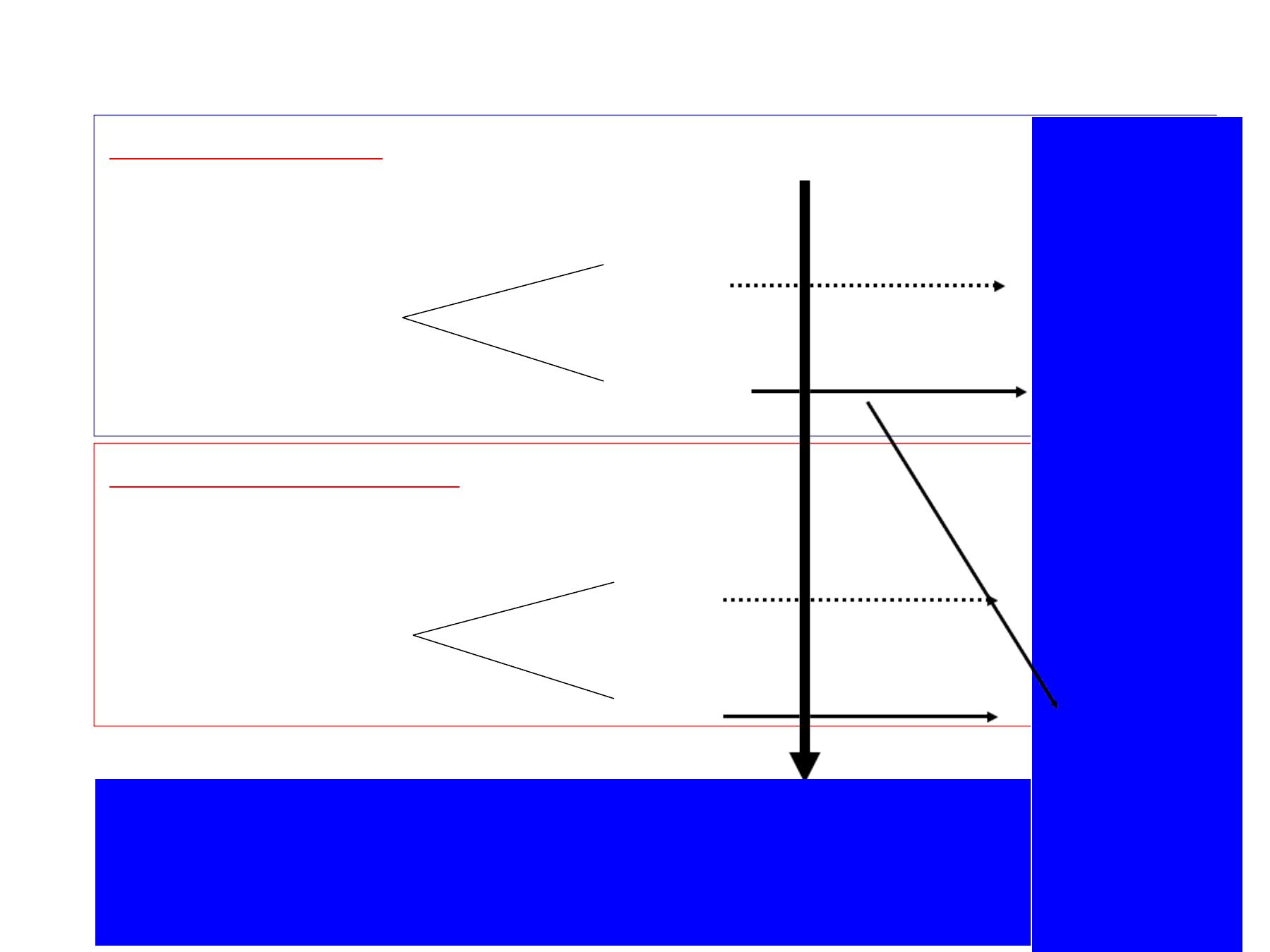
Job A (hazardous)
80 healthy
80 well
100 workers
20 ill
10 ill
Job B (non- hazardous)
95 healthy
95 well
100 workers
5 ill
15 ill
Prevalence ill job A: 20/100 = 20%
?
Prevalence ill job B: 5/100 = 5%
?
Prevalence ratio:
4
?
Cross-sectional Studies
10
Time

How to conduct
a Cross-Sectional Study
1. Clear definition of study question. i.e.:
Exposure and outcome
2. Identification of study population:
Small population
All are included
Large population
Sampling

How to conduct
a Cross-Sectional Study
3. Data collection: Exposure and outcome
4. Data analysis: Subdivision of the
population to suspected factor and
compare the prevalence of the outcome
in each subgroup
5. Interpretation: is there a relation
between exposure and outcome?

Design of a C-S Study
